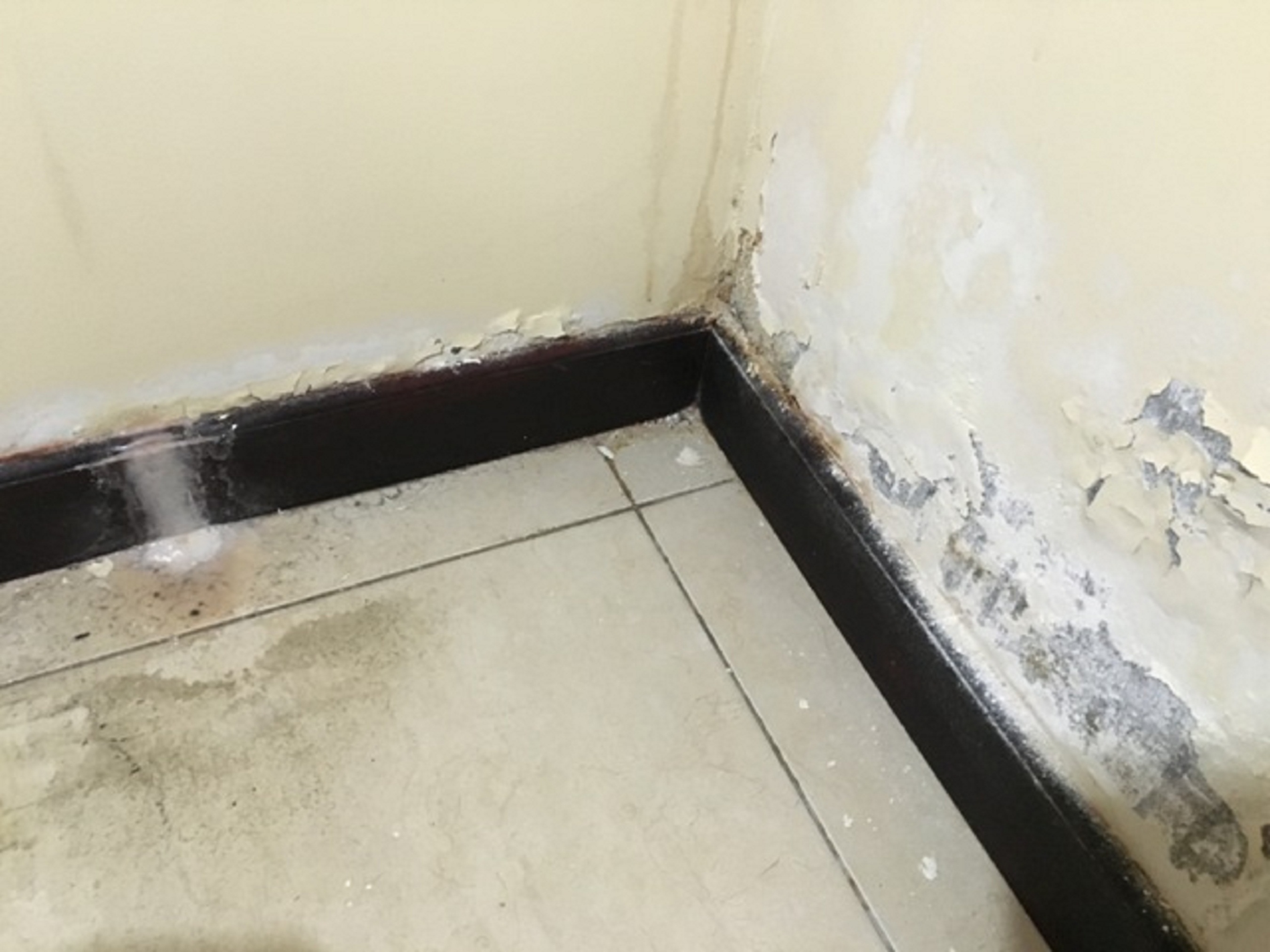Do's & Don'ts of Water Restoration.
Do's & Don'ts of Water Restoration.
Blog Article
Were you hunting for information about What You Can Do At Home To Prevent Fire And Water Damage?

Water offers life, water breach on parts where it's not expected to be can result in damage. Houses with water damage scent moldy and also old.
Water can originate from numerous resources such as hurricanes, floodings, burst pipelines, leaks, and also sewer concerns. In case you experience water damage, it would certainly be good to understand some safety and security precautions. Right here are a couple of guidelines on exactly how to handle water damages.
Do Prioritize House Insurance Policy Coverage
Water damage from flooding dues to hefty winds is seasonal. Nevertheless, you can additionally experience an abrupt flooding when a malfunctioning pipeline instantly ruptures into your house. It would certainly be best to have home insurance that covers both disasters such as natural tragedies, as well as emergencies like damaged plumbing.
Don't Forget to Switch Off Utilities
In case of a disaster, particularly if you live in a flood-prone area, it would certainly be a good idea to turn off the main electric circuit. This cuts off power to your whole residence, stopping electrical shocks when water comes in as it is a conductor. Don't neglect to turn off the main water line valve. When floodwaters are high, furniture will move and also create damage. Having the main shutoff shut down prevents additional damage.
Do Stay Proactive and Heed Weather Condition Notifies
Listen to emptying cautions if you live near a creek, lake, or river . Doing so minimizes prospective residential property damage.
Do Not Disregard the Roof
Before the climate transforms frightful, see to it you have a roof covering inspection. As a matter of fact, it would be prudent to get this solution annually as it can reduce complex problems. You can prevent rain damages if there are no holes and also leaks in your roof covering. Your contractor will additionally look after faulty rain gutters or any other indications of weakening. This will stop water from flowing down your walls and also saturating your ceiling.
Do Pay Attention to Tiny Leaks
A burst pipe does not happen over night. Generally, there are red flags that show you have damaged pipes in your home. For instance, you might see gurgling paint, peeling off wallpaper, water streaks, water spots, or dripping noises behind the walls. At some point, this pipeline will certainly burst. Ideally, you should not wait on points to escalate. Have your plumbing fixed before it results in substantial damages.
Do Not Panic in Case of a Ruptured Pipe
When it comes to water damages, timing is vital. Hence, if a pipeline ruptureds in your house, immediately closed off your main water valve to cut off the source. Call a reliable water damage remediation professional for support.
Water provides life, water intrusion on components where it's not supposed to be can result in damage. Residences with water damage smell old and moldy.
Water damage from flooding fees to hefty winds is seasonal. You might discover bubbling paint, peeling off wallpaper, water touches, water stains, or leaking audios behind the wall surfaces. When it comes to water damages, timing is essential.
Some Do's & Don't When Dealing with a Water Damage
DO:
Make sure the water source has been eliminated. Contact a plumber if needed. Turn off circuit breakers supplying electricity to wet areas and unplug any electronics that are on wet carpet or surfaces Remove small furniture items Remove as much excess water as possible by mopping or blotting; Use WHITE towels to blot wet carpeting Wipe water from wooden furniture after removing anything on it Remove and prop up wet upholstery cushions for even drying (check for any bleeding) Pin up curtains or furniture skirts if needed Place aluminum foil, saucers or wood blocks between furniture legs and wet carpet Turn on air conditioning for maximum drying in winter and open windows in the summer Open any drawers and cabinets affected for complete drying but do not force them open Remove any valuable art objects or paintings to a safe, dry place Open any suitcases or luggage that may have been affected to dry, preferably in sunlight Hang any fur or leather goods to dry at room temperature Punch small holes in sagging ceilings to relieve trapped water (don't forget to place pans beneath!); however, if the ceiling is sagging extremely low, stay out of the room and we'll take care of it DO NOT:
Leave wet fabrics in place; dry them as soon as possible Leave books, magazines or any other colored items on wet carpets or floor Use your household vacuum to remove water Use TV's or other electronics/appliances while standing on wet carpets or floors; especially not on wet concrete floors Turn on ceiling fixtures if the ceiling is wet Turn your heat up, unless instructed otherwise

Hopefully you liked our article on Keeping Your Home Safe This Holiday Season. Thank you for finding the time to read through our blog. Sharing is good. Helping others is fun. Thanks a lot for taking the time to read it.
Report this page